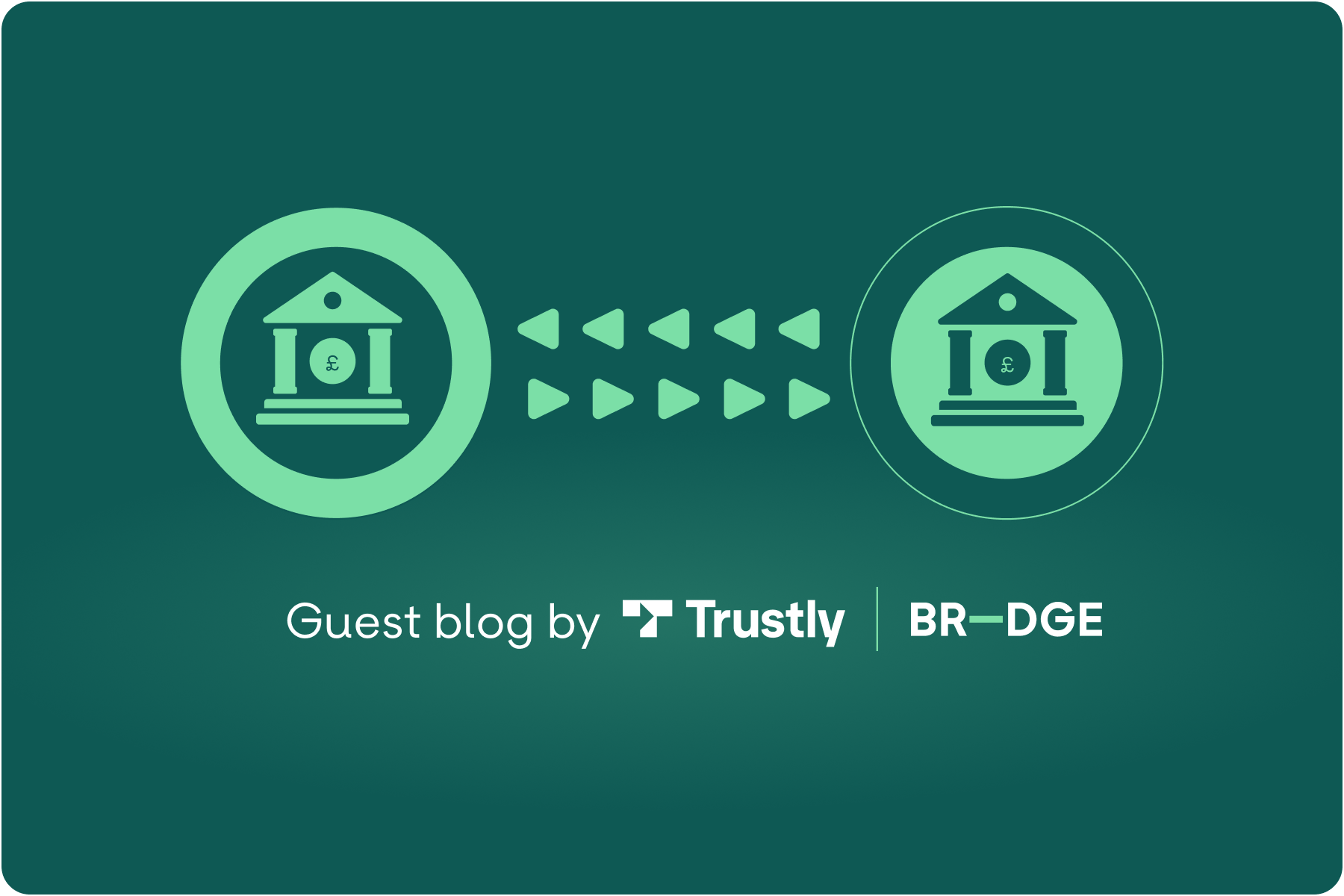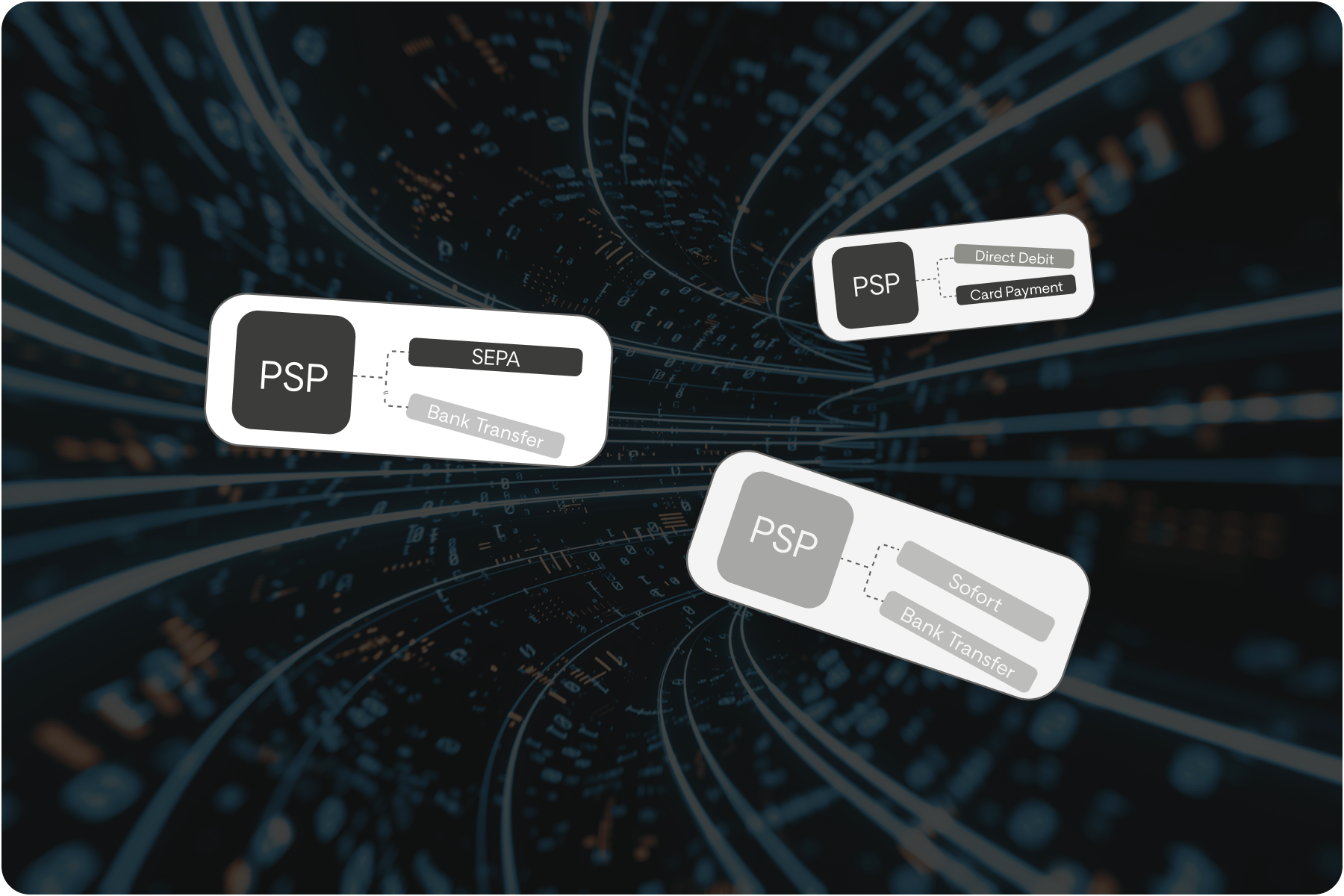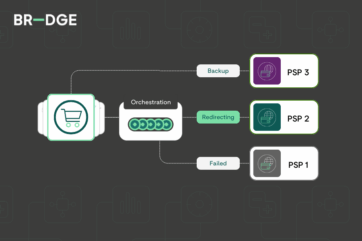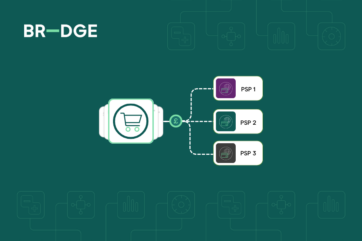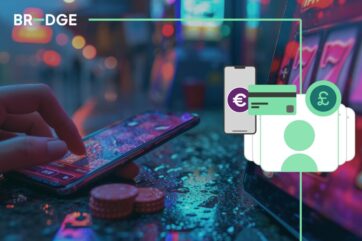
5 Ways To Improve The Payment Experience During Seasonal Peaks

Providing a seamless payment experience during seasonal peaks in trading is crucial for both merchants and consumers. Did you know that thousands in revenue are lost each year in the Luxury Retail sector? Naturally, as the volume of sales increases, so does the number of things that can go wrong for your business. Many retailers fall victim to it due to the lack of preparation, reluctance to meet customer needs, and keeping up to date with payment trends and new technology.
With the pandemic accelerating eCommerce growth, many retailers rushed to mobilise the online shopping experience without ensuring a smooth, frictionless payment process for their customers, which is in fact the most important stage of the buying journey.
The significance of payments in Luxury Retail is even stronger, with the generally higher basket value making it more prone to payment failure and therefore loss of revenue. As the sector relies heavily on exclusivity, a special experience, and vast choice, the ability to expand and innovate your business with ease is crucial to adapt and evolve alongside customer demand.
Retailers, like yourselves, are constantly looking for ways of reducing the risk of failed payments and mitigating the challenge of developing a flawless payment experience. Just last year alone, the luxury retail sector saw a total revenue of £12.16bn, which also shows that the spending among consumers not only recovered to pre-covid levels but exceeded the 2019 figures.
Considering that on average 8.4% of payments fail, it is fair to say that if you take the steps to improve your payment experience, you will then reap the rewards, especially in the peak season. So, what are these steps?
1. Build strong payment technology resilience
There is nothing more frustrating for you or your buyers than having the payment declined. There are many reasons for this, but one of the most common is poor technology resilience and optimisation.
A significant increase in trading volume during seasonal peaks can undoubtedly lead to technical outages, causing websites to go down and payments to overload and fail, costing your business revenue. This is why it is essential for retailers to have a technology-resilient platform that can handle seasonal surges in transaction volumes without any issues.
Do you want to know how much payment failure can cost your business during peak season? Check out BR-DGE Payment Failure Calculator.
According to NBC News, large retailers offering deals on Cyber Monday saw as much as a 486% increase in sales on that day. Putting all your eggs in one basket in this case would be a perfect recipe for disaster. So, consider introducing a multi-provider strategy with some form of load balancing in place. This way, you can seamlessly spread your transaction volumes across multiple payment providers, significantly reducing the risk of overloading and payment failure.
Payment Orchestration platforms like BR-DGE can help you achieve this with the dynamic routing of the payment journey based on transaction details such as value, currency, time of day and more.
2. Provide customers with a greater choice of payment methods
It can be challenging for you to keep up in a fast-moving sector such as retail, where new technologies and solutions are constantly emerging. Payments is an area that has seen the biggest transformation in recent years with the evolution of Open Banking and the rise in the popularity of new payment methods such as contactless, mobile payments, and BNPL solutions.
Particularly in the luxury retail sector, higher-value purchases allude to deeper consideration, so it doesn’t take much to defer people from the purchase at the very last minute. In fact, according to SaleCycle, the cart abandonment rate on Black Friday 2021 was 77.74% with Airline and Luxury Fashion topping the charts.
Offering a wide choice of payment methods has an immense impact on reducing that rate, especially during seasonal peaks. Not only does it give your buyers more flexibility, but with methods like BNPL, it also supports affordability making luxury retail more accessible. BR-DGE's single API integration can help you with this by seamlessly connecting your business with over 100 payment providers and over 200 alternative payment methods.
Recent research published by Vyne shows that 62% of luxury brand consumers will shop elsewhere if retailers provide a poor payment experience. This is why your goal should always be to reduce any form of friction as consumers continue to adopt new trends. For example, one-click payments from Amazon allow buyers to make a purchase with a single click, without having to enter their payment information again. This streamlined checkout process saves the customer time and reduces the chances of them abandoning their purchase.
3. Combine the high-street shopping experience with digital
The closure of physical retail during the pandemic led to increased eCommerce exposure and investment, which is now causing a major shift towards hybrid retail as businesses look for ways to drive consumers back to the high street. However, one of the major challenges of combining the in-person shopping experience with digital is recreating the unique luxury feeling in the digital world.
The in-store experience is what sets luxury brands apart from the competition. The scent and feel of real, high-end silk cannot easily be accurately duplicated online, so it is important that you find the right balance. Payment Orchestration helps your business add a more personal touch through wider payment choices as well as bring in additional layers for the digital experience, including enhanced loyalty and insightful reviews.
Online and offline shopping are no longer two separate actions but rather a combination appealing to a wider range of customers and requiring a smooth and transparent process. While in-store shopping provides a unique experience, e-commerce is all about convenience. In order for you to compete and meet the demand created by changing shopping habits, the digital service needs to feel as convenient and branded as the in-store.
As the popularity of the omnichannel strategy continues to rise, it is easier for retailers to introduce digital solutions like QR codes, scanners and kiosks in-store. Many people enjoy the convenience of purchasing items online but still prefer to return them in person. With payments at the core of these initiatives, it is crucial that you ensure a frictionless, smooth process.
4. Optimise your customer loyalty
Consumer buying power has increased exponentially in recent years, due in large part to the ease of access and transaction process. With competitors just one click away, retaining your loyal customers is proving more difficult each year. In fact, as much as 65% of customers making multiple luxury purchases are shopping with two or more different brands.
Though today's consumers seem to care more about choice and value when doing their Christmas shopping, this does not mean that loyalty is any less important. So long as your business provides what the customer wants, they will naturally become loyal - it is the way in which this happens that has changed.
Luxury retail relies on authentic experience, exclusivity and exceptional customer service which drives returning customers. This is much more difficult to execute online. One way of overcoming this challenge is by providing method payments that offer instant refunds. Most customers would not only be more likely to shop with a luxury brand if they offered instant refunds, but they would also prefer to use a payment method that enabled instant refunds over their traditional payment method. Win-win situation.
In addition, applying a loyalty scheme to both online and physical checkouts has become increasingly popular as businesses attempt to meld the best of both in-store and online experiences. Not only does this give your customers more flexibility, but it also allows you to gain valuable insights into their behaviour.
To learn more about the possibilities of loyalty through digital payments, click here.
5. Maximise the potential of your payment data.
Software management is a tough task as it is, but if you are in charge of several brands, getting a clear overview of your organisation’s performance can be next to impossible. Utilising different systems and retailing methods for various brands under one umbrella often leads to a fragmented payment journey.
This can cause a bunch of other headaches like data mismatches and analysis reconciliation challenges, especially when the volume of sales increases. Your organisation is then at risk of losing revenue if it doesn’t leverage collective power for negotiation. Still, 35% of e-merchant finance teams do not receive detailed payments or payment failure data.
Being able to access detailed information about your payments is a necessity for any retailer and has a great impact on your revenue. By having a 360-degree view of your customers, your business can make data-driven decisions based on their behaviour and preferred payment method. Rich data and insights into spending habits will help your organisation fuel targeted marketing, improve customer experience and increase sales.
As the risk of payment failure and the number of refunds and cart abandonment increases during seasonal peaks, it is crucial for retailers to collect this information accurately. However, with the high volume of sales and data segmentation, this challenge proves even more difficult, causing retailers to look for effective solutions.
Payment Orchestration consolidates and centralises all your payment-related performance data for you through one single integration. Not only does it allow you to analyse past performance seamlessly, but also helps your business keep up with industry trends, quickly identify issues during peak season and collect customer return data.
Is your business ready to provide a seamless payment experience during peak season?
As holiday shopping can account for up to 30% of all retail sales, retailers face the challenging task of preparing for the sudden increase in demand while also keeping up with ever-changing customer needs and technology.
Luckily, there is a solution that offers a wealth of technology to solve these peak trade problems and help retailers, like you, capture more revenue. Payment orchestration can provide your business with a tech stack that is resilient, reduces payment failures in real-time, switches between gateways dynamically, and can integrate with other tools and functionality as needed.
To ensure that your business runs smoothly during its busiest time of year, learning more about payment orchestration is a great place to start.
Related content
